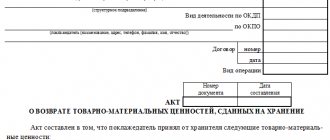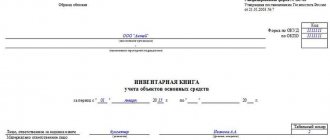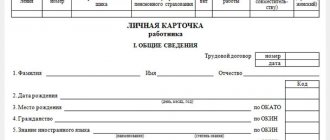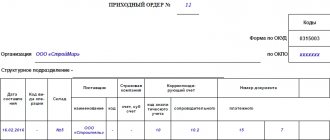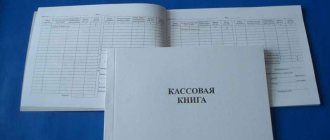When is INV-11 used?
Using the INV-11 form, an act is drawn up in which the inventory commission records information about expenses of future periods - those that are actually incurred one-time, but are expensed over several periods (months, years).
The form of the document in question was approved by Decree of the State Statistics Committee of the Russian Federation dated August 18, 1998 No. 88. It is filled out in 2 copies. The first is sent to the accounting department, and the second remains at the disposal of the commission, which conducts the inventory. Representatives of the relevant commission, as well as the financially responsible person, sign both copies.
To fill out the INV-11 form, accounting records for account 97 and information obtained when checking this data during the inventory are used.
For information on the document establishing the subject, time frame for conducting the inventory and the composition of the commission carrying it out, read the article.
Is it necessary to use the INV-11 form?
All unified forms have ceased to be mandatory since January 2013. Each enterprise or company has the right to develop its own forms, including the mandatory details required for documents. Your decision to use standardized forms or those generated independently must be consolidated in the organization’s accounting policies. This is done by issuing a special order from the manager.
For your information! Many enterprises continue to use the INV-11 form, since the form contains all the required fields to fill out.
Features of filling out the document
The act, which is drawn up in the INV-11 form, records:
- name of expenses of the future period;
- the total amount of relevant expenses;
- the date of occurrence of the relevant expenses and the period for their repayment;
- the amount of the estimated amount to be written off for each expense;
- the volume of write-offs already made and the balances of unwritten-off expenses as of the beginning of the inventory;
- the duration of the period between the inventory date and the moment expenses are incurred (in months);
- amounts to be written off as the cost of goods (per month or from the beginning of the year);
- the amount of the estimated balance of the relevant expenses, which is subject to repayment within the framework of a future period;
- amounts to be added or restored based on inventory results.
For information on the form used to reflect data on verification of settlements with counterparties, read the material “Unified Form No. INV-17 - Form and Sample”.
Automation in 1C
How to create an inventory and comparison sheet for conducting an inventory of intangible assets and deferred expenses?
In 1C BP printed forms INV-1a
and
INV-11
are filled out outside the 1C program according to their credentials or modified by the 1C programmer to suit their needs.
If you do processing , then only the printed form is filled out. But it is not saved in the program after closing the form.
If you make a document, the entire history !
Each selection, each inventory, can be printed out again at any time and used for analytics of completed inventories, for which registers and reports can be displayed in the Universal Report . Complete documents are better than external processing and reports! And now you have them
